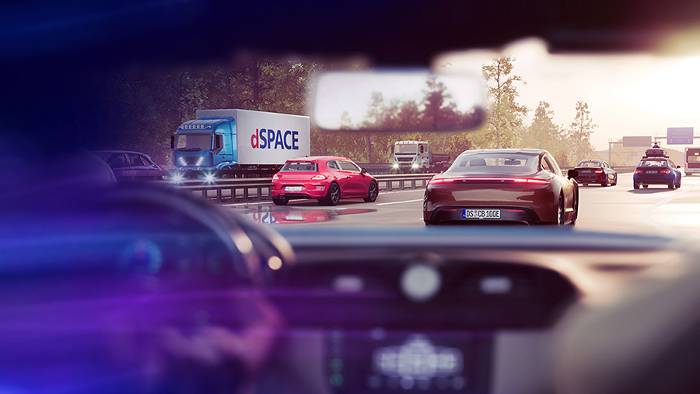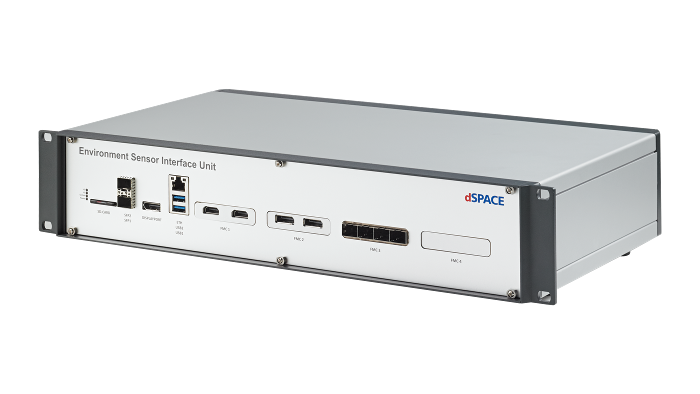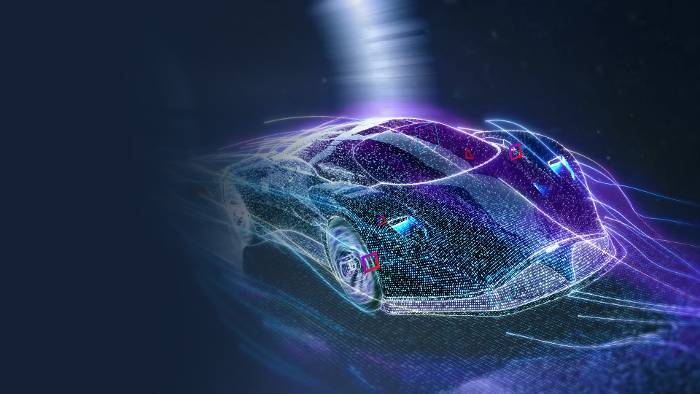The Chinese AICC (Automotive Intelligence and Control of China Co., Ltd.) uses a test environment based on SCALEXIO and AURELION for time-correlated real-time testing of complex sensor architectures to validate ADAS/AD functions.
Founded in 2020, AICC is a Chinese research and development company based in Beijing that focuses on the many challenges posed by the intelligent and connected vehicles of the future. “These vehicles have a large number of environmental sensors for various ADAS/AD functions – pedestrian detection, collision warning, lane departure warning, traffic sign recognition, and brake assist are just a few examples,” explains Yongbo Zhou, Head of Quality and Test Assurance at AICC.
Challenge: Complex Sensor Architecture
The project AICC is working on deals with the validation of ADAS/AD functions that are distributed across several control units. There are three main challenges:
- Synchronicity: Realistic sensor data must be fed into the ADAS control units in a time-correlated manner.
- Quality: Generation of realistic sensor data, i.e. in the same way as it would be generated in reality on the road
- Flexibility: At the same time, the requirements of multiplatform tests must be met, i.e., the system must allow users to switch quickly and easily between different sensor combinations for different ADAS/AD functionalities.
Solution: Development Environment with SCALEXIO and AURELION
The design of the test system (Figure 1) fulfills all AICC requirements with regard to time-correlated tests of all sensors while at the same time being open to a wide variety of sensor combinations. It also allows the use of recorded data from the real world for the validation of ADAS/AD functions, including the use of ground truth data for the validation of perception algorithms (data replay). “This is why the dSPACE system now plays a key role in bringing the ADAS/AD algorithms to series production readiness,” summarizes Yongbo Zhou. “Generating high-precision sensor data with AURELION and feeding the data into the ADAS/AD control units with the help of the ESI Unit enables us to thoroughly examine and validate new ADAS/AD control units in the virtual world in real time,” says Yongbo Zhou. “Integrated into the robust SCALEXIO system, this provides AICC with a reliable hardware-in-the-loop (HIL) validation solution.”
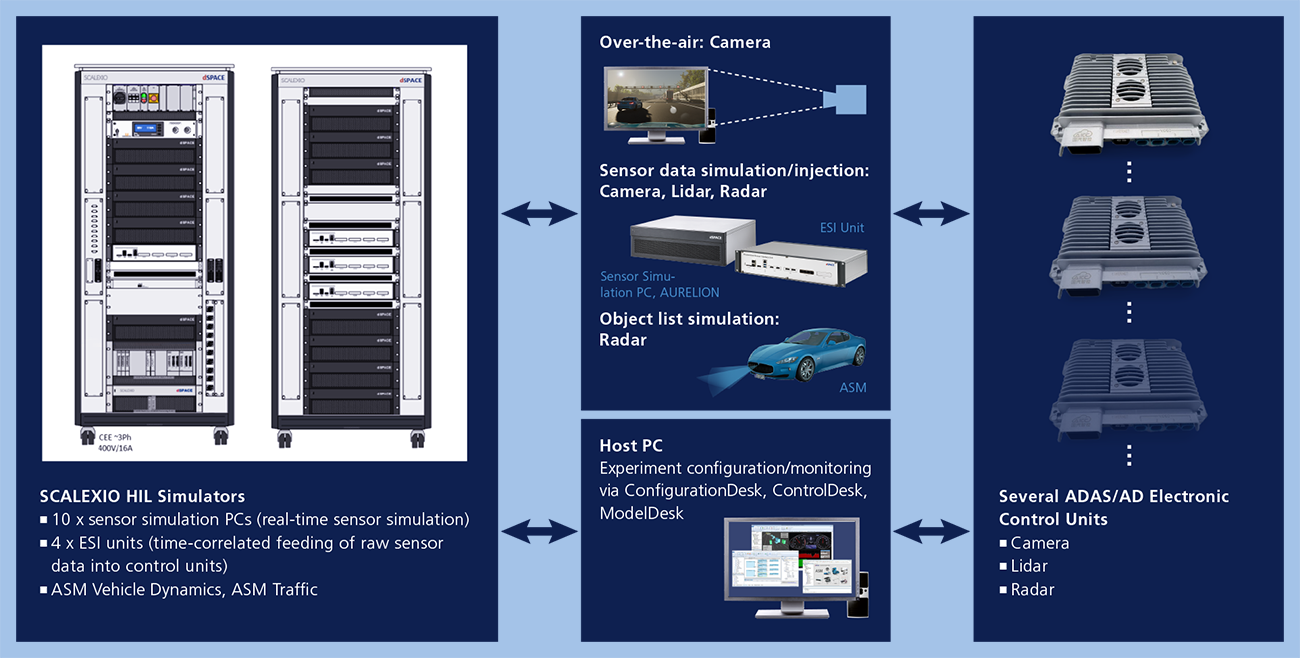
Figure 1: Based on the trajectories of the ASM (Automotive Simulation Models) simulation, a total of ten sensor simulation PCs calculate the sensor data. Four Environment Sensor Interface (ESI) units then ensure protocol-specific communication with the ADAS/AD control units. The camera data generated by AURELION is captured directly via the vehicle camera using a camera over-the-air setup and fed into the ADAS/AD control unit. The SUT (system under test) includes 12 surround view (1920x1080) cameras, two 4K cameras and three Hesai 128-line LIDAR sensors.
Considerable Time Savings
Decisive factors in the decision in favor of the dSPACE system included its high real-time performance for feeding in realistic sensor data synchronously and with reduced latency. “We have not found comparable performance in the area of validation systems,” reports Yongbo Zhou. He adds: “In addition, by using ASM Traffic we can create virtual test scenarios very conveniently, execute them reliably, and evaluate them in a targeted manner.” Thanks to the intuitive, convenient operation, a short training period was sufficient: After just three weeks of training, the six-strong AICC development team was able to work productively with the system. Compared to previous projects, in which other tools were used, this resulted in a time saving of around 50%.
In the Future: Automation and Integration Tests
Without the dSPACE tools, AICC’s engineers would be nowhere near where they are today. AICC was able to comfortably achieve all of the project objectives and fully meet all development requirements. The next steps planned by AICC include the automation of tests, which will lead to further time savings in the foreseeable future. In addition, the range of tests will be extended from the previous component tests to integration tests in the future in order to benefit even more from the advantages of the dSPACE system.
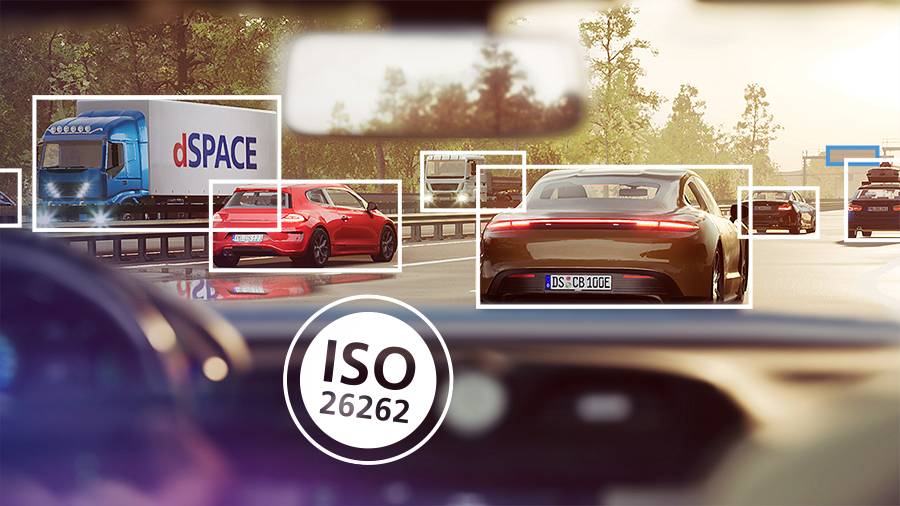
Profile: AURELION
AURELION is a software solution for sensor simulation and visualization to integrate realistic sensor data into the processes for development, testing, and validation of perception and driving
- Testing and validation of ADAS/AD perception and driving functions in HIL, SIL, and cloud scenarios.
- Pixel-accurate ground truth data for the automatic testing and validation of perception algorithms
- Highly realistic and deterministic simulation of camera, radar, and lidar sensors
- Automatic generation of 3D roads and environments based on OpenDrive and ModelDesk.
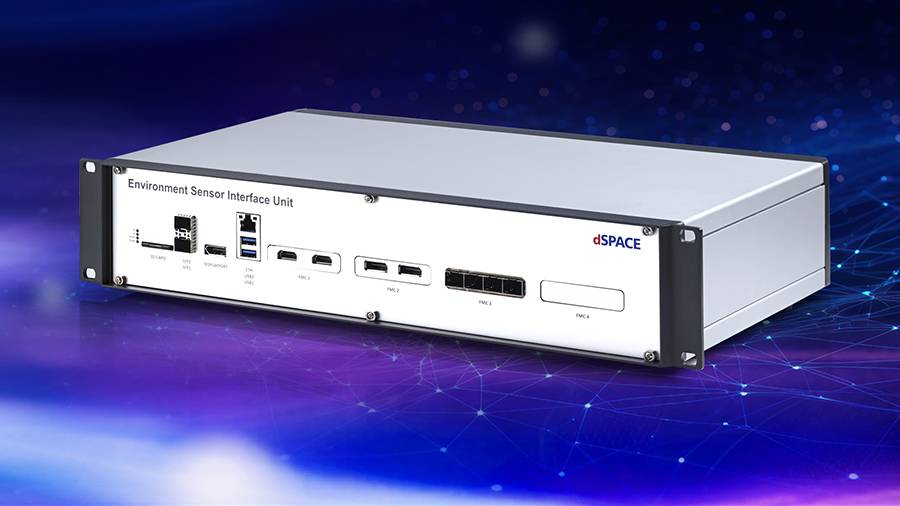
Profile: Environment Sensor Interface (ESI) Unit
The Environment Sensor Interface Unit supports the time-correlated feeding of raw sensor data into one or more sensor control units.
- High-performance FPGA for synchronized feeding of raw sensor data into control units
- Support for all relevant automotive sensor interfaces
- Synchronous simulation of up to 12 sensors per ESI unit
- 50 GBit/s and more aggregated bandwidth per ESI unit





